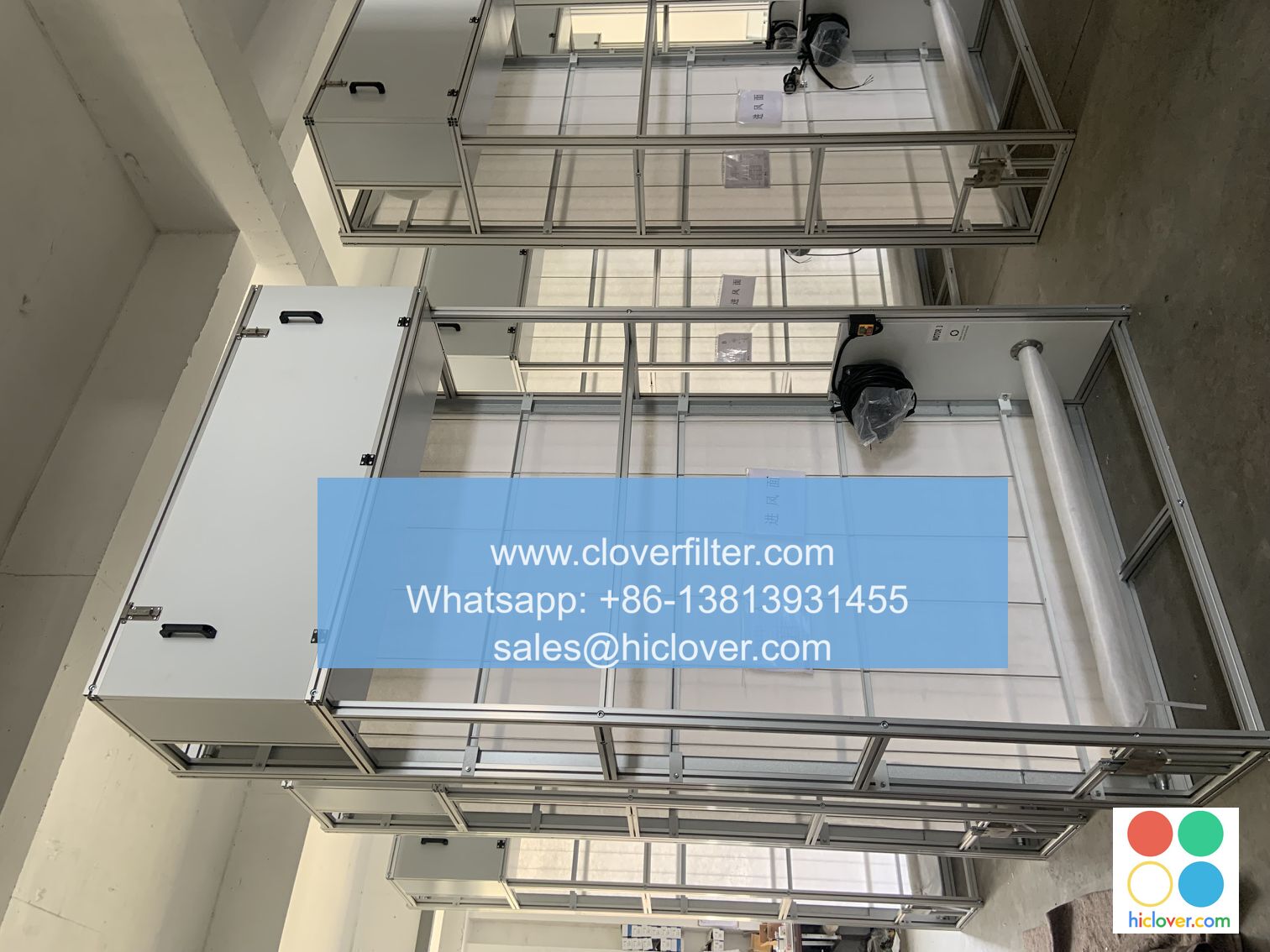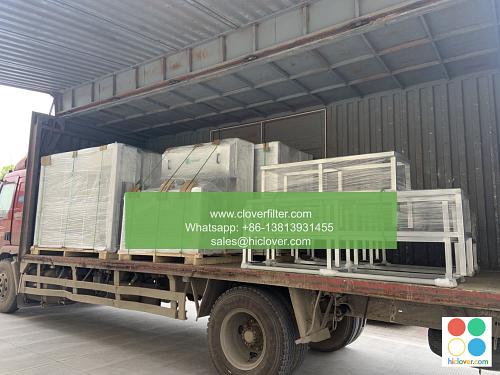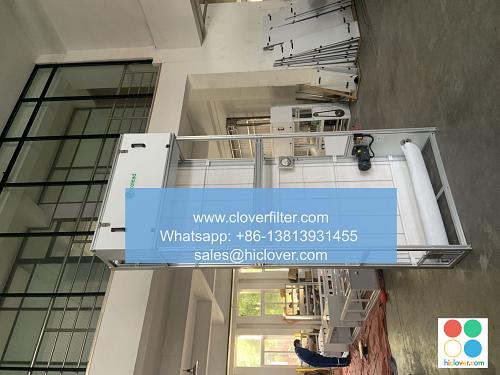Assessing the Energy Efficiency of Automatic Roll Air Filters in Research Labs

Research laboratories are critical facilities that require precise control over environmental conditions to ensure the accuracy and reliability of experimental results. One crucial aspect of maintaining a controlled environment is the use of air filtration systems, specifically automatic roll air filters. These filters play a vital role in removing airborne contaminants, such as particles, gases, and microorganisms, from the lab’s air supply. However, they can also consume significant amounts of energy, which can impact the lab’s overall energy efficiency and operating costs.
Introduction to Automatic Roll Air Filters
Automatic roll air filters are designed to provide continuous, uninterrupted filtration of the air in research labs. They use a roll of filter media that automatically advances to a new, clean section when the previous section becomes saturated with contaminants. This design allows for minimal maintenance and ensures that the air in the lab remains clean and free of pollutants. Key words such as air quality management, indoor air quality, and ventilation systems are essential in understanding the importance of these filters in research labs.
Energy Efficiency Considerations
When assessing the energy efficiency of automatic roll air filters, several factors must be considered, including the filter media type, airflow rates, and fan motor efficiency. The type of filter media used can significantly impact the filter’s energy efficiency, with some media types requiring more energy to pull air through than others. Additionally, the airflow rates and fan motor efficiency can also affect the filter’s energy consumption. Key words such as energy conservation, sustainable practices, and green technology are relevant in this context.
Application Areas
Automatic roll air filters have various application areas in research labs, including:
- Chemical laboratories: where the removal of chemical fumes and particles is critical
- Biological laboratories: where the control of microorganisms and other airborne contaminants is essential
- Pharmaceutical laboratories: where the maintenance of high air quality is crucial for product development and testing
- Medical research facilities: where the control of airborne pathogens and other contaminants is vital for patient safety
These application areas highlight the importance of energy-efficient automatic roll air filters in maintaining a safe and healthy environment for researchers, patients, and laboratory personnel.
Evaluation Methods
To assess the energy efficiency of automatic roll air filters, researchers and lab managers can use various evaluation methods, including:
- Energy audits: to identify areas of energy inefficiency and opportunities for improvement
- Filter testing: to evaluate the performance and energy consumption of different filter media types and designs
- Life cycle cost analysis: to compare the total cost of ownership of different filter systems, including energy costs, maintenance costs, and replacement costs
By using these evaluation methods, researchers and lab managers can make informed decisions about the selection and operation of energy-efficient automatic roll air filters.
Conclusion
In conclusion, assessing the energy efficiency of automatic roll air filters is crucial for maintaining a controlled environment in research labs while minimizing energy consumption and operating costs. By considering factors such as filter media type, airflow rates, and fan motor efficiency, and evaluating the performance of different filter systems, researchers and lab managers can optimize the energy efficiency of their air filtration systems. Key words such as energy efficiency, sustainability, and green practices are essential in this context, as they highlight the importance of responsible and environmentally friendly laboratory practices. By adopting energy-efficient automatic roll air filters, research labs can reduce their environmental impact while maintaining a safe and healthy environment for researchers, patients, and laboratory personnel.


